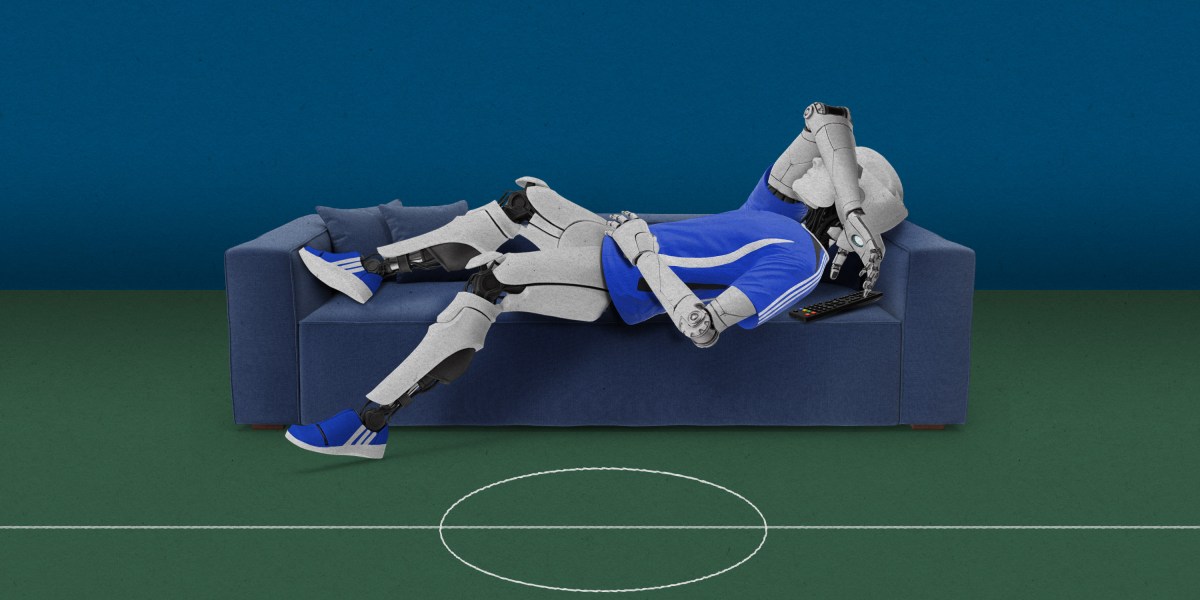Autism is that you?
“When we walk down the street, we know what we need to pay attention to—and what we don’t. Robots, on the other hand, treat all the information they receive about their surroundings with equal importance. Driverless cars have to continuously analyze data about things around them whether or not they are relevant. This keeps drivers and pedestrians safe, but it draws on a lot of energy and computing power.”
Laziness is the number one skill anyone innovative should have. Whoever invented the wheel definitely didn’t do it because they liked work. It was because they hated it knew there had to be a better way.
So, what we really need is lazier inventors. Only then will we get lazier robots.
Give me 10k€ a month without me working and I’ll gladly become one of the so called “lazy inventors”.
Smart companies do payout when employees find some way to save a bunch of money. I don’t know why so many companies have a “we own anything you invent clause in employment contracts” just stifles innovation.
Don’t many game engines kinda sorta do this?
Yes, but game engines also hold the entire world inside themselves. There’s no guessing, no estimating, no making sure that what it’s looking at is actually a human or a bush - it already knows that.
The problem with computer vision being lazy is that it can’t ignore something without understanding what it’s looking at, and it can’t understand what it’s looking at without analyzing the data. It’s a circular problem, and will be ridiculously hard to solve - the crux of the issue is that we as people are analyzing that same data, we just don’t realize it.
Humans are bad at it, too. If you’ve ever ridden a bike or motorcycle, you quickly learn that car and truck drivers simply aren’t looking for 2 wheelers. And therefore they don’t see them. (I think this reinforces your point).
Anyone who has been a pedestrian is also well acquainted with this. Cars watch for and expect other cars, not people (bikes, mopeds, etc). The amount of times I’ve almost been hit by someone who is staring intently at oncoming traffic and flooring it without looking anywhere else is too damn high.
That’s also true. It’s less of a problem in pedestrian-heavy walkable cities and towns. But in the average American city or town covered in stroads where car is king, it’s a big problem.
They are, but we’ve mostly got our subconscious doing it still, it’s not that we’re always doing big tasks we just have dedicated processes for it, so maybe that’s one way to tackle the problem, specialised processes for sorting data types that engages the main process to do the processing of said data.
Analyzing lazily by defalt and only take a closer look at the interesting bits, like the brain does with optical?
deleted by creator
Qué bonita chingadera, diría mi tata







